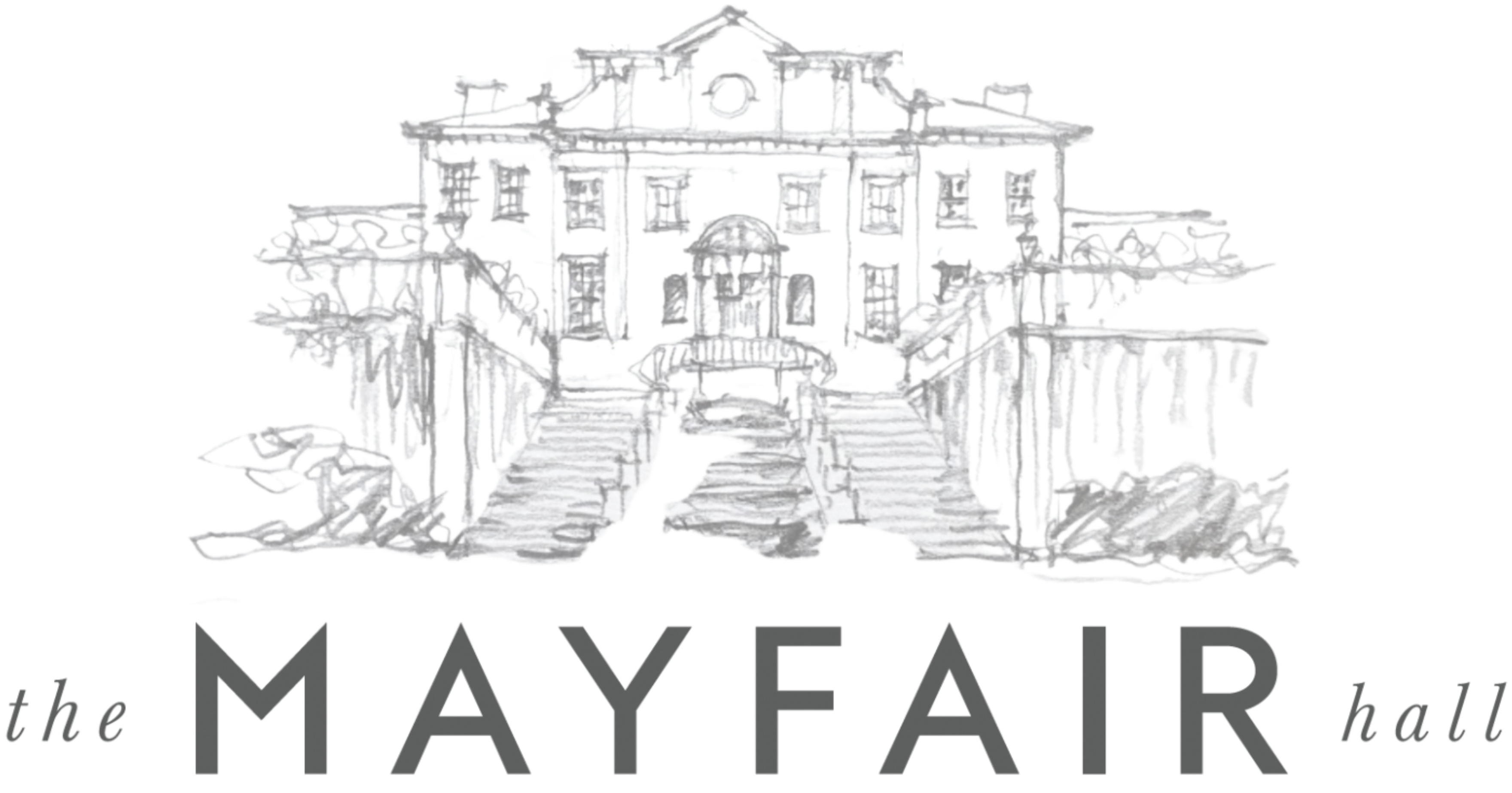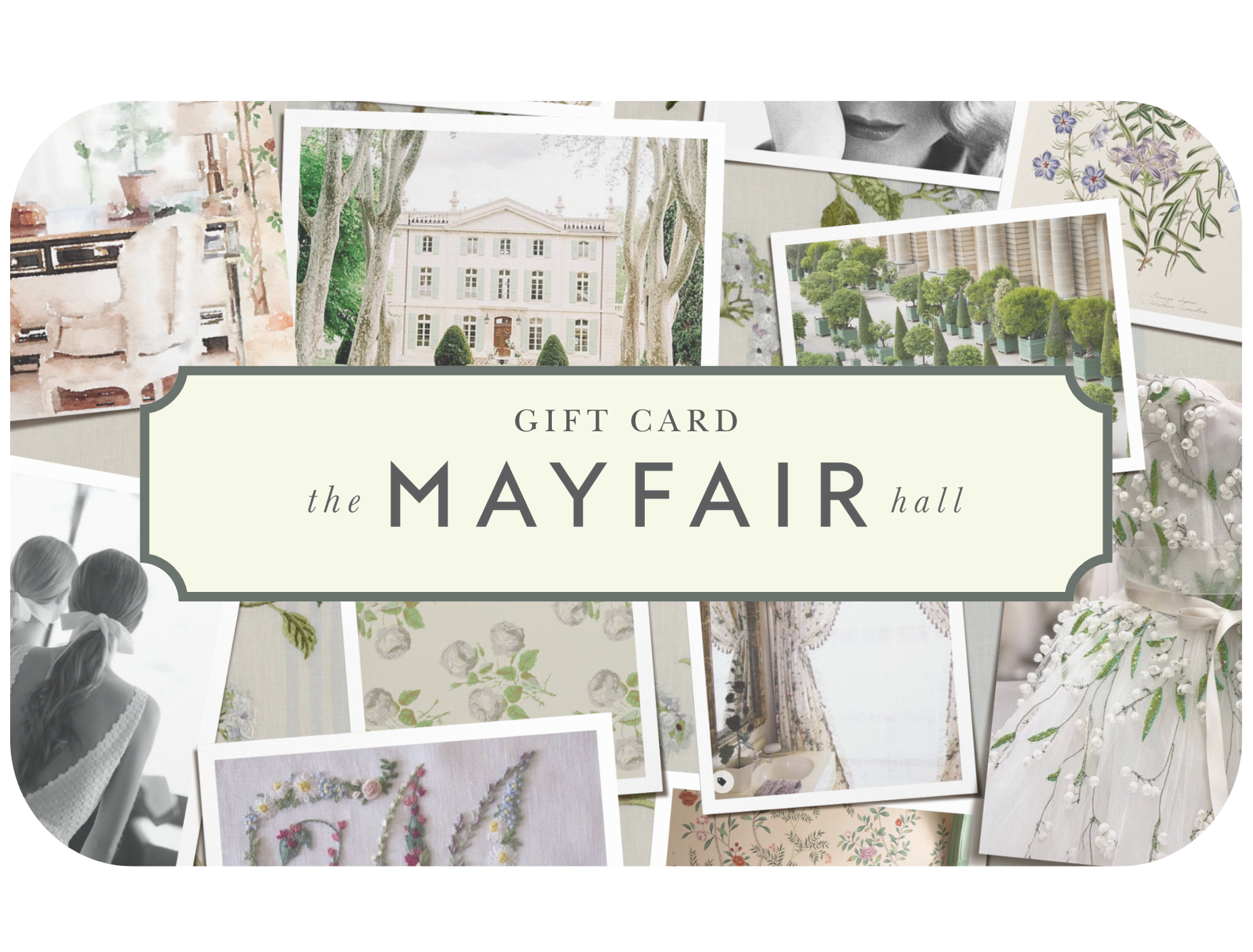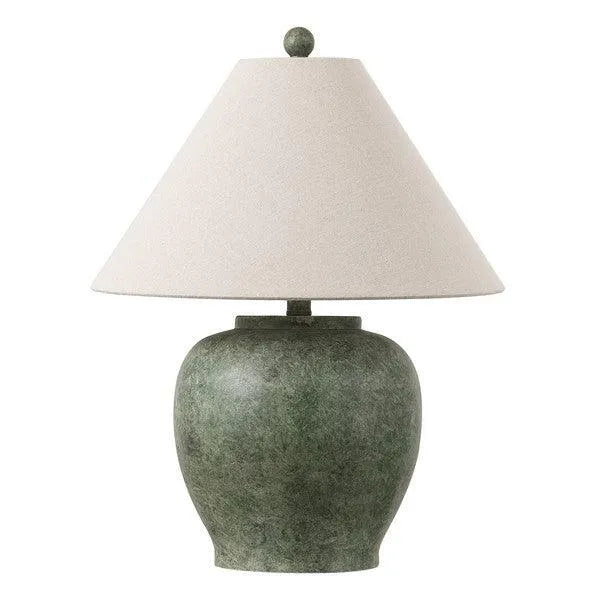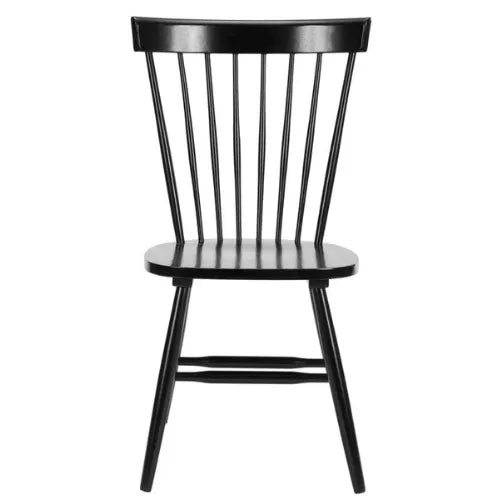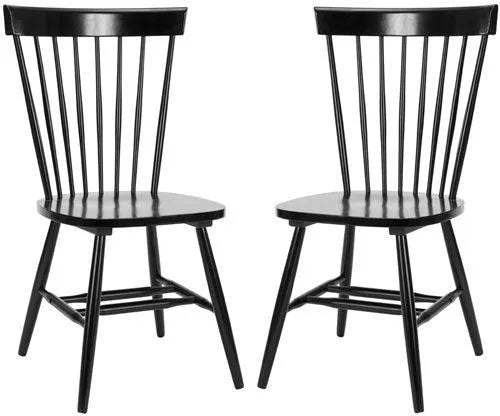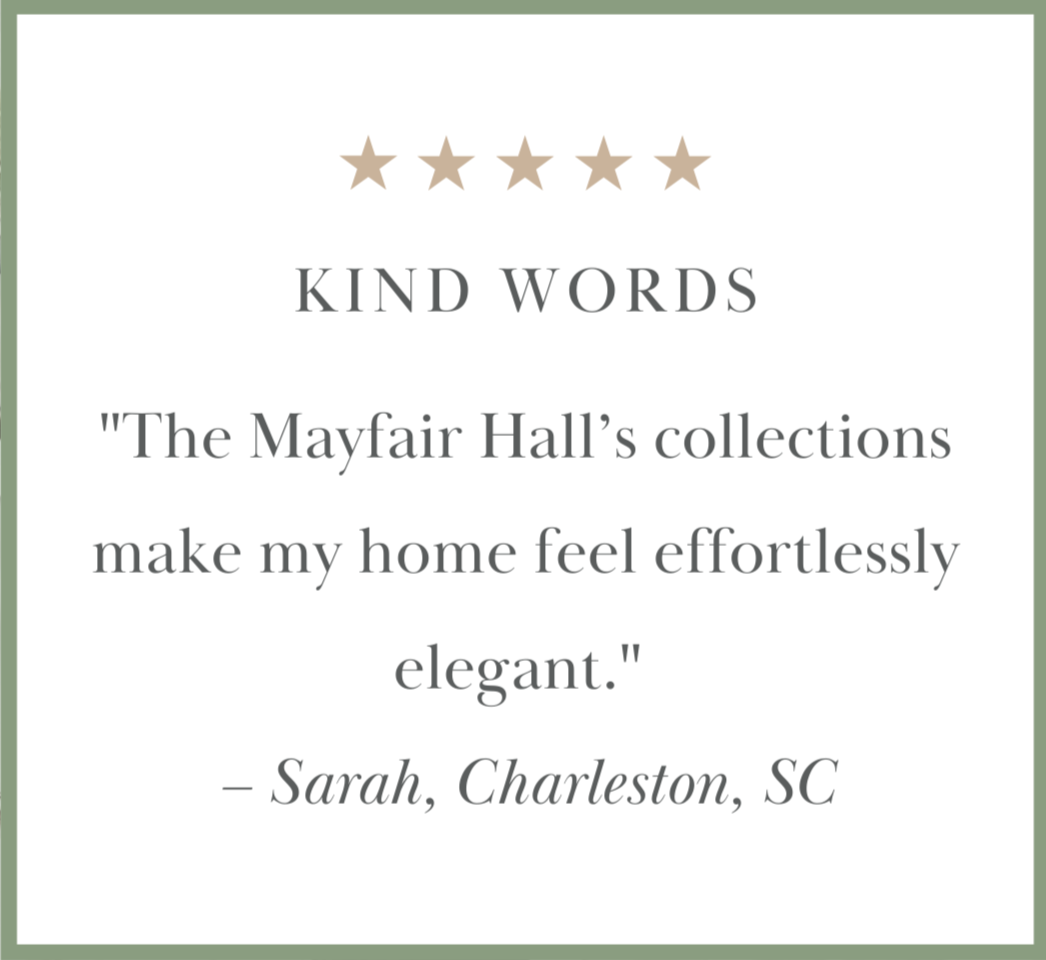How to Layer Textures for a Cozy Home
A home that feels truly inviting is one that engages the senses. While color and design create visual beauty, it is texture that brings warmth, depth, and a sense of quiet luxury to a space. The secret to a home that feels effortlessly cozy lies in the layering of materials—soft against structured, smooth against rustic, light against heavy.
Whether in a grand sitting room or a small reading nook, layering textures creates an environment that feels lived-in, welcoming, and deeply comforting. It is an art that transforms a house into a home, one thoughtfully chosen detail at a time.
The Principles of Layering Textures
Layering textures is about balance. A room that relies too heavily on a single material can feel flat, while an overly busy mix can feel chaotic. The goal is to blend contrast and cohesion, allowing materials to complement and enhance one another.
- Mix at least three different textures in every space to create interest and depth.
- Combine soft and structured elements to balance comfort with refinement.
- Use a variety of natural materials for an organic, timeless appeal.
- Layer textures gradually, starting with foundational elements and building upon them.
Key Textures to Incorporate
Every home benefits from a variety of textures that work together to create warmth and elegance.
Soft Textiles for Comfort
- Linen: A relaxed yet refined texture perfect for curtains, upholstery, and bedding.
- Cashmere and Wool: Throws and blankets in these materials invite softness and warmth.
- Velvet: A rich, plush fabric that brings depth and a sense of quiet opulence.
- Bouclé: Adds both softness and structure, perfect for accent chairs or pillows.
- Sheepskin and Mohair: Draped over furniture or placed on floors, these materials create a feeling of effortless comfort.
Natural and Organic Elements
- Wicker and Rattan: Ideal for accent pieces, these woven materials add a relaxed warmth.
- Aged Wood: The grain and patina of well-worn wood provide depth and history.
- Stone and Marble: A cool, polished contrast to softer materials, often used in countertops or decorative accents.
- Clay and Ceramics: Handmade pottery and glazed vases introduce an artisanal touch.
Reflective and Smooth Surfaces
- Glass: Lightens a space and enhances contrast against heavier textures.
- Lacquer and Polished Metal: A sleek counterbalance to matte and textured fabrics.
- Gilded Accents: When used sparingly, gold and brass add warmth without overwhelming.
Layering Textures in Different Spaces
The Living Room
The heart of the home, the living room benefits from a careful blend of textures that invite relaxation while maintaining an air of elegance.
- A linen or bouclé sofa layered with soft cashmere and wool throws.
- Velvet or silk accent pillows against a woven fabric chair.
- A rustic wooden coffee table topped with a ceramic vase and a stack of smooth, glossy books.
- A jute or wool rug adding warmth underfoot, balanced with a polished metal floor lamp.
The Bedroom
The bedroom should feel like a retreat, a space where textures create an atmosphere of softness and tranquility.
- A linen duvet cover with a mohair throw at the foot of the bed.
- Layered pillows in cotton, linen, and a touch of embroidery for detail.
- A vintage wooden nightstand with a small ceramic dish and a gilded reading lamp.
- A wool rug for warmth when stepping onto the floor.
The Dining Room
Texture in the dining room should feel refined yet inviting, encouraging warmth around the table.
- Linen or cotton tablecloths layered with placemats in rattan or woven textiles.
- Earthenware or ceramic plates set against polished silver flatware.
- Velvet or upholstered dining chairs adding softness to a wooden table.
- A centerpiece of fresh flowers or branches in an antique glass vase for contrast.
Small Details That Make a Difference
Even in a minimalist space, small textural elements add depth without overwhelming.
- A stack of well-worn books on a coffee table or bedside stand.
- A wicker basket filled with neatly rolled throws.
- A candle in a handmade ceramic holder, flickering against a polished tray.
- A collection of antique silver or brass candlesticks adding contrast to a matte surface.
Creating a Home That Feels Layered and Lived-In
The best interiors are not curated in a day but gathered over time, with each layer adding to the sense of warmth and history. Layering textures is an invitation to engage with a space—to sink into a velvet chair, to run a hand along a linen curtain, to rest feet on a woven rug. It is a way of making a home feel lived-in, deeply personal, and endlessly inviting.
Reminders
- Always mix at least three textures in every space for balance and warmth.
- Layer textiles on sofas, chairs, and beds to create softness and depth.
- Introduce a contrast of rough and smooth surfaces for visual interest.
- Use natural materials such as wood, stone, and linen for a timeless feel.
- Pay attention to small textural details—candles, trays, books, and vases all contribute to the atmosphere of a space.
I Am Grateful for Today
- The quiet elegance of a well-layered home.
- The comfort of soft textiles on a winter evening.
- The beauty of mixing old and new textures to create warmth and charm.
From Our House to Yours,
Mrs. Mayfair
